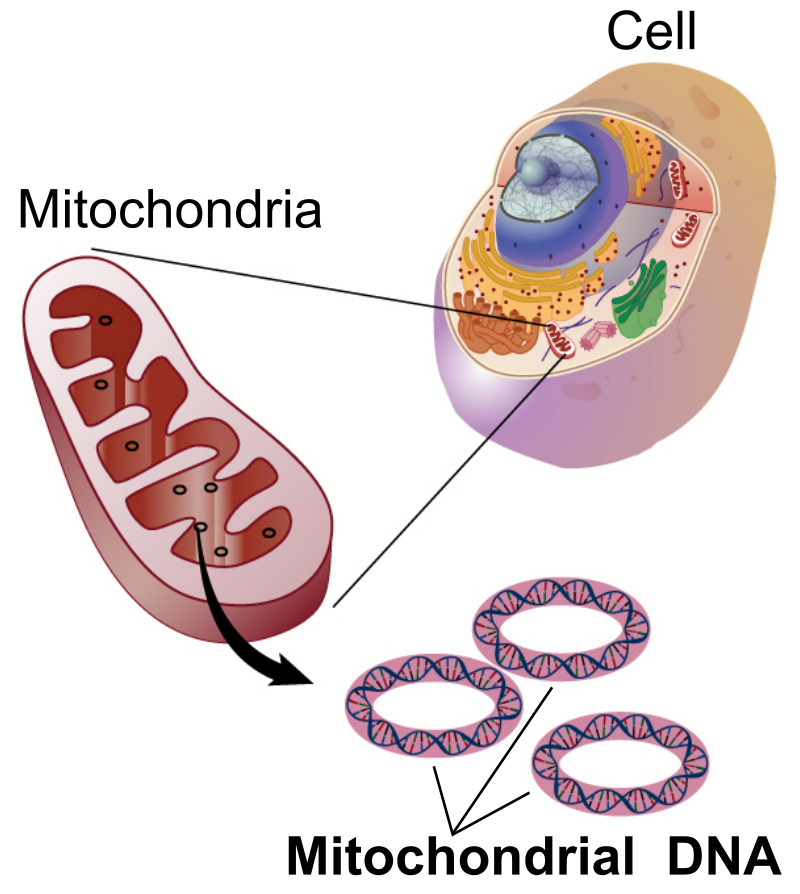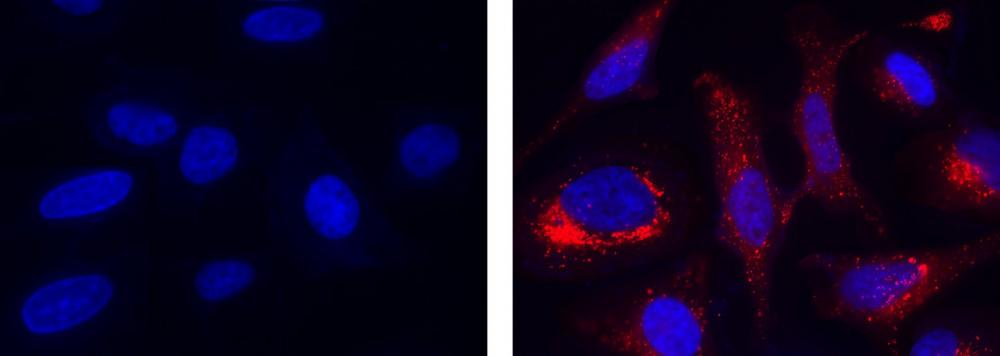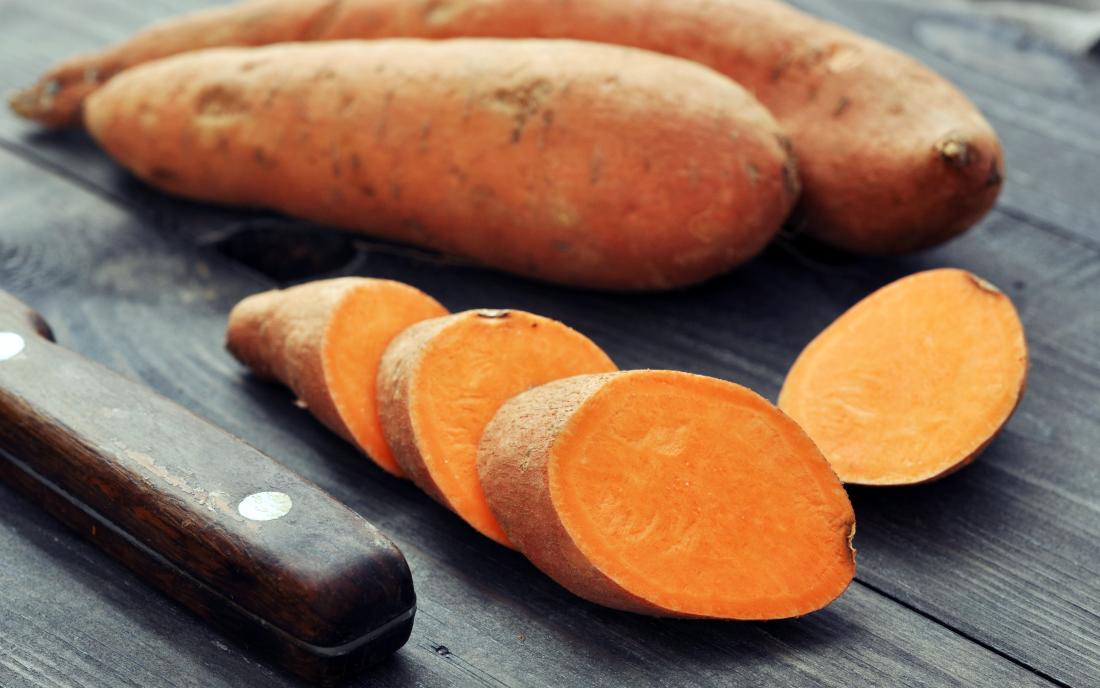How hydrogen helps your cells
Introduction
We have about 30 trillion cells in our body, from tissue cells to nerve cells. All in all they serve a couple hundred different functions.
In this article, we will be summarizing the primary function of the production of a particular free radical from your cells, and the power of hydrogen that is able to eradicate it with positive outcomes for your body.
The Mitochondria

Source Image: Wikipedia
In every cell in your body, there is the mitochondria1. The mitochondria are like the engine of your cell, supplying chemical energy (also known as ATP2) to the cell so that it works as it’s supposed to function.
For example, if the function of the white blood cell is to destroy other viruses, the mitochondria will supply chemical energy via ATP for the cell so that it can attack a foreign virus effectively.

Source: Hyperphysics
For general information on B cells and T cells, go here.
Hydroxyl Radical
When your mitochondria are at work, however, it burns out a very toxic free radical called the hydroxyl radical. Just as the engine of your car burns out toxic waste (carbon monoxide) while taking you places, the mitochondria burn out toxic waste (hydroxyl radicals) in order for your cell to function.

Source: AATBIO
Fluorescence images of hydroxyl radical measurement in HeLa cells using MitoROS™ OH580 (Cat#16055).
The hydroxyl radical is one of the most dangerous free radicals in your body because unlike the other free radicals, your body doesn’t produce any antioxidants that can neutralize the hydroxyl radical. And so hydroxyl radicals will attack your various cells, proteins and DNA throughout your lifetime, slowly destroying the vitality and functionality of your cells as the years go by.
How Do We Combat the Hydroxyl Radical?
There are very few solutions in nature that can neutralise the hydroxyl radical. One method confirmed by scientists is the consumption of sweet potatoes.

Source image: Medical News Today
Sweet potatoes are rich in Vitamin A and potassium, and has hydroxyl radical scavenging activity3. One of the caveats to over-consuming sweet potatoes is that your skin and nails could turn orange due to the potassium in the vegetable. Patients with kidney problems should also avoid consuming sweet potatoes4.
What is the best method to combat the hydroxyl radical?
Well, if you know the theme of this site, you know the answer.
It’s:

Source Image: Utility Analytics Institute
Hydrogen
Hydrogen is the smallest molecule in the universe, hence the hydrogen molecule is even smaller than your cells.
This is incredibly helpful as this means that hydrogen is able to penetrate your cells and reach your mitochondria where hydroxyl radicals are being emitted and neutralise them before they can do further damage to your body.
When hydrogen does come in contact with the hydroxyl radical, it becomes water. Thus, various research studies have strongly indicated that inhaling hydrogen or drinking hydrogen water is extremely safe for the body.

Source Image: Superflaška
One molecule of hydrogen (H2) interacts with two molecules of hydroxyl radicals (OH) to produce two molecules of water (H2O)
Deep sea divers inhale hydrogen to combat decompression sickness. Research that has spanned since the 1940’s5 indicated that deep sea divers who over-inhaled on hydrogen experienced no side effects.
Over 1000 research studies on hydrogen have indicated therapeutic effects for over 170 different human and animal disease models, including but not limited to cancer, acid reflux, Parkinson’s, muscle soreness from physical activity, and many more.
The most common ways are inhaling hydrogen and drinking hydrogen water.
There are many ways to combat free radicals and build your immune system. Hydrogen is by far one of the most potent antioxidants we have, as shown by over 1000 independent research studies.
Further Reading
You can look further into hydrogen research at http://www.molecularhydrogeninstitute.com/
For further reading, the Hindawi scientific journal published this concise report in 2020: https://www.hindawi.com/journals/omcl/2020/8384742/
Footnotes
- singular: mitochondrion
- ATP: adenosine triphosphate
- Reference: Science Direct
- Reference: Lybate
- E.M. Case., & J.B.S. Haldane. (1941) . Human physiology under high pressure: I Effects of Nitrogen, Carbon Dioxide, and Cold. J Hyg (Lond) 41(3): p. 225-249



